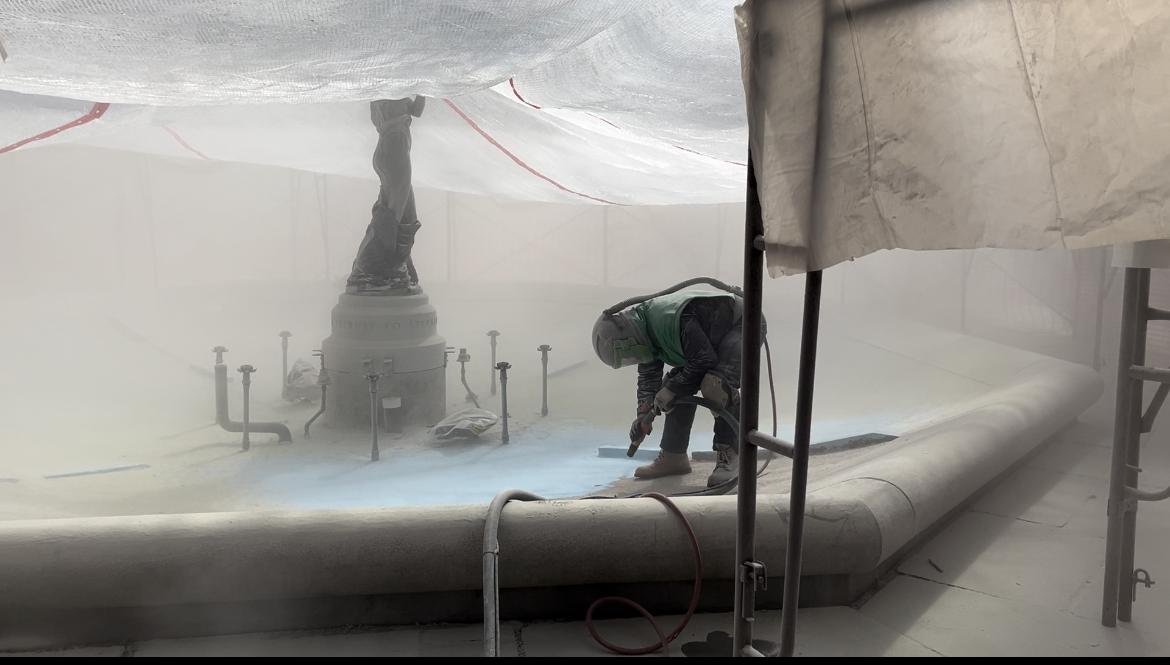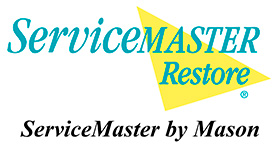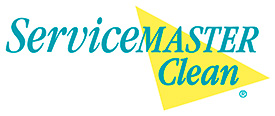
There are countless misconceptions when you hear the term “soda blasting” or “media blasting.” And no, it’s not sending your favorite soft drink or magazine into orbit, but rather an extremely powerful technique of cleaning various surfaces and items to prepare them for restoration, refinishing or even coating applications. Another assumption is that to remove contaminants like rust, paint, grease, and soot damage, harsh toxins or chemicals must be used. But media blasting and soda blasting uses eco-friendly “medias” like crushed, recycled glass, walnut shells, corn cob, bicarbonate soda (aka baking soda) and crushed garnet, reducing its carbon footprint while effectively cleaning and removing stubborn substances. Items thought to be destroyed can be cleaned, repurposed and repaired, preventing unnecessary demolition and landfill waste.
HOW MEDIA BLASTING WORKS
Media blasting can effectively peel paint off steel girders, remove rust from boats and even eliminate severe smoke damage from wood beams. To do this requires significant power and the right “media” for each substance. For example, soft abrasives like corn cob or walnut shells may be better suited for blasting more delicate surfaces like brass fixtures and metal baby cribs, while grittier materials like crushed recycled glass may be used for harder substances such as removing graffiti from stone buildings or painted lines from parking lots.
Once the proper eco-friendly “media” is determined, a blasting tool with a 185 cfm diesel compressor is used that produces 110 psi. Attached to a “blasting pot” and nozzle, it creates a powerful force to eliminate various substances and damage in a cost-effective way. But this intense force can create a messy situation, so typically plastic containment is installed to prevent materials from spreading. Media blasting avoids using sand or silica, which can be cancer causing, opting for safer alternatives for the worker, surrounding residents and the environment. Once complete, most media residues can be simply swept-up or naturally left to recycle.
THE MANY USES OF MEDIA BLASTING
Media blasting can save countless labor hours from manual cleaning, is a less costly alternative to chemical stripping and is successfully used for many purposes, including:
As Earth Day approaches, it’s helpful to be aware of this resourceful way to remove challenging substances and refurbish materials rather that discarding and overwhelming landfills. Media blasting can maintain items big and small, including historical items for a community to enjoy for years to come.
ServiceMaster By Mason has been providing media blasting for homes, businesses, vehicles, boats, statues and more for 34 years, utilizing environmentally friendly materials with effective results.




